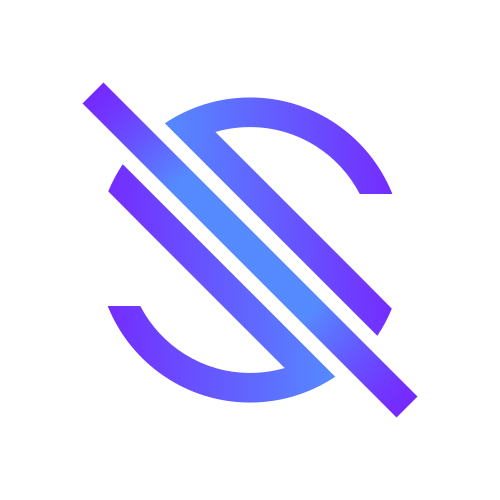In a world driven by technology, the journey from a non-technical role to a coveted software engineering job can be both challenging and immensely rewarding. Lexis Hanson, a Senior Software Engineer, shares her insightful 9-step guide on how she made this transition, providing a roadmap for those aspiring to follow in her footsteps.
A Journey into Coding
Lexis shares about her journey and the moment she decided to step into the world of software development. Working in a non-technical role at Salesforce, she wanted to challenge herself and rediscover the joy of creating things.
Going back to her early days, Lexis shares her interest in logic, numbers, and problem-solving from childhood. Despite studying Finance in college, she got hooked on coding at a RailsBridge workshop in San Francisco. Lexis explains how she navigated the many programming languages available and offers advice that transformed her coding journey.
Here are the nine steps to becoming a developer:
1. Stick to One Programming Language
In the complex world of coding, Lexis suggests picking one language and sticking to it. Don’t get lost in the language jungle. Lexis, sharing her own journey, suggests starting with plain JavaScript before jumping into frameworks.
Why? Learning starts with simplicity. By focusing on just one language, you build a strong base. Lexis began with the basics of JavaScript—things like structures, functions, and how commands flow. This smart choice avoids the confusion that can come with trying to learn many languages at once.
Here’s the plan: understand one language well before exploring the world of frameworks.
2. Be Consistent with Your Time
Consistency is key in the path to becoming a developer, and Lexis underlines the importance of committing time daily, even if it’s just a few hours. To stay on track, she utilized RescueTime, a tool that automatically tracks and categorizes the time spent on coding activities, keeping her accountable and honest about her coding hours.
3. Customize Your Learning Plan
Don’t get overwhelmed with too much information. Lexis advises customizing your learning plan to fit your style. Instead of drowning in countless resources, focus on what works best for you. Lexis found success with platforms like Treehouse, where short video tutorials and challenges make learning fun. Watch and Code, led by Gordon Zhu, is excellent for grasping programming concepts without the distraction of frameworks. Udemy, especially courses by Stephen Grider and Andrew Mead, is great for web development. If you prefer shorter videos on specialized topics, check out Egghead.io. By choosing resources that match your style, you can simplify your learning journey and avoid being overloaded with information.
4. Stay Focused, Avoid Context Switching
Lexis emphasizes the importance of staying focused on your coding tasks. Constantly switching between different tasks can be counterproductive. If you find yourself stuck on a coding problem and frustration sets in, take a break or shift to a less challenging task. Small victories play a crucial role in maintaining momentum and motivation. Lexis shares from her experience that sometimes a brief pause or a change of focus can make a significant difference in overcoming coding challenges. Remember, staying persistent and finding ways to move forward, even with small wins, is key to success in your coding journey.
5. Persist, Despite Challenges
Lexis guarantees you’ll face challenges, rejection, and imposter syndrome, but don’t give up. When things get tough, go back to the steps you’ve taken in your learning journey. With time, dealing with these hurdles becomes more manageable. Persistence is the driving force that helps you overcome obstacles and move forward on your path to becoming a developer. Trust in the process, and remember that every challenge you face is an opportunity to grow and improve.
6. Learn with Others
Lexis highlights the power of learning with a group. Find study buddies or join a group to speed up learning and get different problem-solving views. Working together helps you understand things faster and handle challenges better.
7. Get Practical Experience
One of the major challenges for junior developers is the lack of practical experience. Lexis shares how hackathons and working on open-source projects can help. She tells her story of creating an app for Google Assistant, which got noticed. She stresses the value of networking within your company to find chances for practical experience and personal growth.
8. Leverage Connections for Job Search
When it comes to finding a job, Lexis recommends tapping into your connections for referrals. Platforms like TechLadies and HireClub can be valuable resources. Lexis shares her own experience of connecting with an engineering manager through HireClub, underlining the effectiveness of personal connections in the tech industry. Balancing traditional job applications with strategic networking is the key to a successful job search, according to Lexis.
9. Apply, Apply, Apply
Lexis emphasizes the importance of setting goals for job applications. Applying strategically and networking are key components. Keep organized by tracking job descriptions and consider using tools like Trello. This approach ensures a focused and efficient job application process, increasing your chances of success.
A Rewarding Journey
The article wraps up with Lexis landing a software engineering role at Salesforce, sharing her transformative experience. Lexis encourages readers, stressing the persistence needed in the developer journey. Her final words resonate with aspiring developers, providing insights and motivation to stay committed to their goals.
In short, Lexis Hanson’s 9-step guide is a practical roadmap for those entering software development. Her candid stories and actionable advice make it a valuable resource for those on a similar journey.
